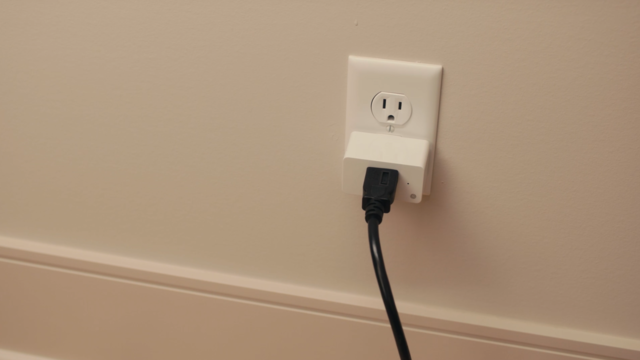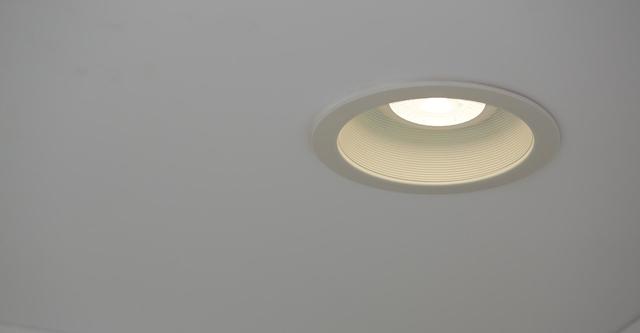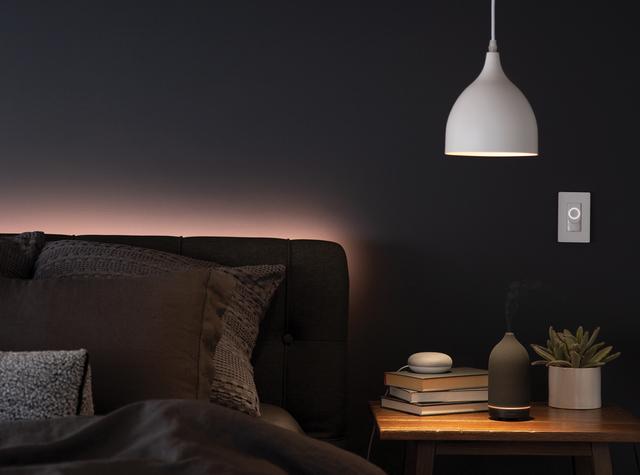The Benefits of Installing a Smart Thermostat in Your Home
When you think about making your home more comfortable, you might imagine yourself sinking into a plush couch, or always having a throw pillow within arm’s reach. But here’s something to keep top of mind, for your sake and for your guests’: the temperature can make a big difference.
Of course, the thermostat has been a subject of debate for a long time coming. Whether your dad was constantly turning down the AC, or you have a significant other who runs cold, your home’s climate can be a touchy subject.
That’s why we’re such big fans of the smart thermostat! It allows unmatched, automated control, along with tons of other advantages. Here are some of our favorite reasons why you should add one to your home:
Smart Thermostats Are Energy Efficient
You’ll find that many smart thermostats are compatible with home automation systems and voice assistants like Amazon Alexa or Google Assistant. Our smart thermostat also connects to the Cync smart home app, powered by Savant. This seamless integration lets you control your temperature from anywhere, schedule temperature adjustments, and even make changes using voice commands. This convenience isn’t just great for days you forgot to turn down the AC—it’s awesome for the environment.
Say, for example, you’re going on vacation in the middle of summer and want to ensure your home is a comfortable temperature when you return. Instead of blasting air conditioning the whole time you’re away, you can schedule a temperature change so that your home is nice and breezy when you come back.
Trust us, your energy bills will thank you. Which brings us to our next point!
Smart Thermostats Save You Money
Of course, by optimizing your energy usage, you’ll cut down on utility bills. Many smart thermostats provide detailed energy usage reports and insights that break down your consumption patterns and track how much energy you’re using and when. Once you have this data, you can identify areas of high usage and make adjustments to better fit your habits—and your budget.
Plus, smart thermostats often work with other smart home devices and automation systems to simplify your life. By pairing your device with an occupancy sensor or a room temperature sensor, you can ensure that heating or cooling is focused only on occupied areas, which will help further reduce energy waste.
Smart Thermostats Are Easy to Install
Before you call your electrician, check out our instructions for smart thermostat installation. They’re a lot simpler than you might think! Of course, there’s no harm in working with a professional. We just advise you to use our smart thermostat compatibility checker beforehand, so you can make sure you have the right product for your house.
Now that we’ve covered some of the more obvious benefits, we realize you might have some additional questions. So now, let’s answer some exciting smart thermostat FAQs!
Smart Thermostat FAQs
What Is a Smart Thermostat?
A smart thermostat is an advanced temperature control device designed to provide enhanced comfort and convenience in your home or at your place of work. Unlike traditional thermostats that require manual adjustments, smart thermostats incorporate intelligent features and connectivity to automate temperature settings and allow for remote control and monitoring. All of that to say: They’re really cool, handy tech.
Can I Replace My Old Thermostat With A Smart Thermostat?
Yes, in most cases, you can. However, it’s important to consider a few factors before you switch:
- Make sure your HVAC system works with the smart thermostat you plan to install. Smart thermostats typically work with a wide range of systems, but it’s always a good idea to verify before you get too far.
- Take note of the wiring configuration of your current thermostat. Smart thermostats may require a C-wire (common wire) for power, which is not always present in older systems. Some smart thermostats are designed to work without a C-wire, while others provide alternative options like using power adapters.
- System requirements: Check the system requirements specified by the smart thermostat manufacturer. This includes compatibility with your Wi-Fi network and any additional requirements like smartphone compatibility or internet connectivity.
- Installation: Smart thermostat installation typically involves removing the old thermostat and connecting the new one following the manufacturer's instructions. While some people choose to install smart thermostats themselves, others prefer to hire a professional installer.
Will a Smart Thermostat Work if I Don’t Have Power or Wi-Fi?
Smart thermostats rely on a power source and internet connectivity to operate fully. Without power or Wi-Fi, the smart features may be limited or disabled. However, it’s important to note that most smart thermostats are designed to function as regular thermostats even without a power or Wi-Fi connection, ensuring basic temperature control.
- Power: Smart thermostats typically require a power source to operate. They are usually connected to the HVAC system’s low-voltage wiring. In the event of a power outage, the thermostat may be unable to function until power is restored. However, many smart thermostats have built-in backup batteries that can provide temporary power during a power outage.
- Wi-Fi: While smart thermostats benefit from internet connectivity to enable remote access, advanced features, and integrations with other devices, they can still function without Wi-Fi. They’ll just operate in a standalone mode, letting you manually adjust temperature settings directly on the device. Basic functions such as controlling heating or cooling modes, fan settings, and temperature adjustments can still be performed without an internet connection.
Is It Worth Getting a Smart Thermostat?
Yes, absolutely. Smart thermostats allow unmatched, automated control, along with tons of other advantages.
Is there a downside to smart thermostats?
Depending on the manufacturer, smart thermostats may have a larger upfront cost. However, once installed and operating properly, they can save money. They can also be intimidating to install for the novice, so we recommend hiring a licensed HVAC technician if you aren’t comfortable doing it yourself.
Do Smart Thermostats Make a Difference?
Unlike traditional thermostats that require manual adjustments, smart thermostats incorporate intelligent features and connectivity to automate temperature settings and allow for remote control and monitoring.
Do Smart Thermostats Lower Electric Bills?
Yes. When optimized for energy efficiency, a smart thermostat will help you cut down on utility bills. Many smart thermostats provide detailed energy usage reports and insights that break down your consumption patterns and track how much energy you’re using and when.
Can I Replace my Old Thermostat With a Smart Thermostat?
Yes, you can. Before starting the installation process, you’ll want to check that your HVAC system is compatible and check the system requirements specified by the smart thermostat manufacturer. Once you’re ready to install your smart thermostat, read our blog on How to Install a Thermostat.
Do Smart Thermostats Actually Save You Money?
Yes, by optimizing your energy usage, you’ll cut down on utility bills and save money. You can use energy usage reports from your smart thermostat to track how much energy you’re using and when. Once you have this data, you can identify areas of high usage and make adjustments to better fit your habits—and your budget.
Do Smart Thermostats Need Wi-Fi?
Smart thermostats rely on a power source and internet connectivity to operate fully. Without power or Wi-Fi, the smart features may be limited or disabled. However, they can still function without Wi-Fi. They’ll just operate in a standalone mode, letting you manually adjust temperature settings directly on the device. Basic functions such as controlling heating or cooling modes, fan settings, and temperature adjustments can still be performed without an internet connection.
How Long Do Smart Thermostats Last?
Most smart thermostats can last up to 10 years before an upgrade is recommended.
We think you’ll love the comfort and convenience offered by these smart devices. And if you have any questions, reach out to our support team at the Cync product support center!






